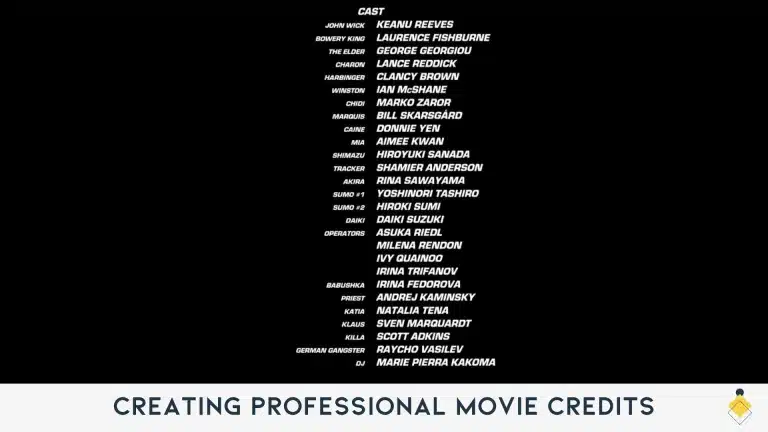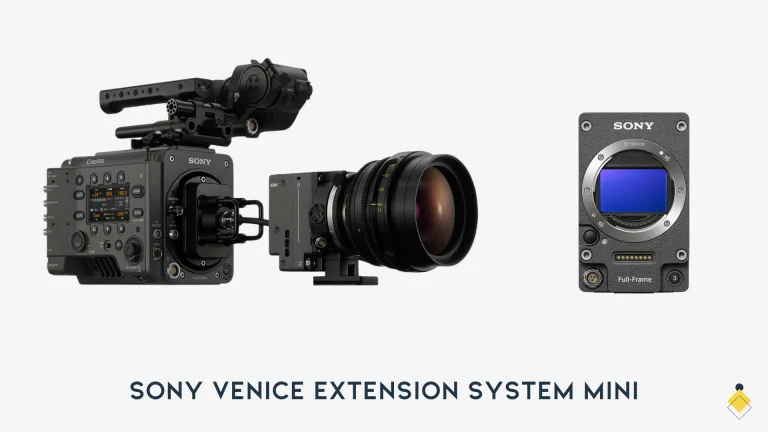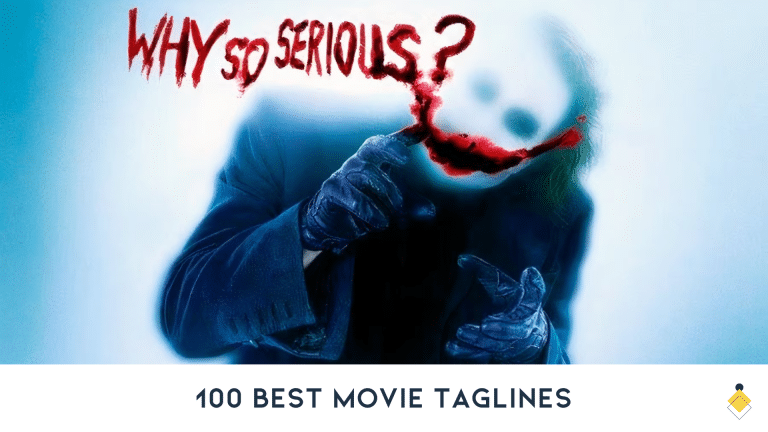Introduction
In the dynamic world of filmmaking and videography, a term holds the power to transform your content from ordinary to extraordinary: B-roll.
Whether you’re an aspiring filmmaker, a seasoned content creator, or someone simply intrigued by the realm of visuals, understanding the intricacies of B-roll can fundamentally enhance your storytelling prowess.
This comprehensive guide will delve deep into the meaning of B-roll, its pivotal role, optimal usage scenarios, shooting techniques, real-world examples, and the evolution of its impact in the digital age.
By the end of this journey, you’ll possess the tools to seamlessly incorporate B-roll into your projects, elevating your videos to new heights.
Let’s dive right into it!
What is B-Roll?
B-roll, the backbone of visual storytelling, serves as supplementary footage that enriches the main shots in a video production. Intertwined seamlessly with the primary content (A-roll), B-roll imparts context, visual allure, and depth to narratives.
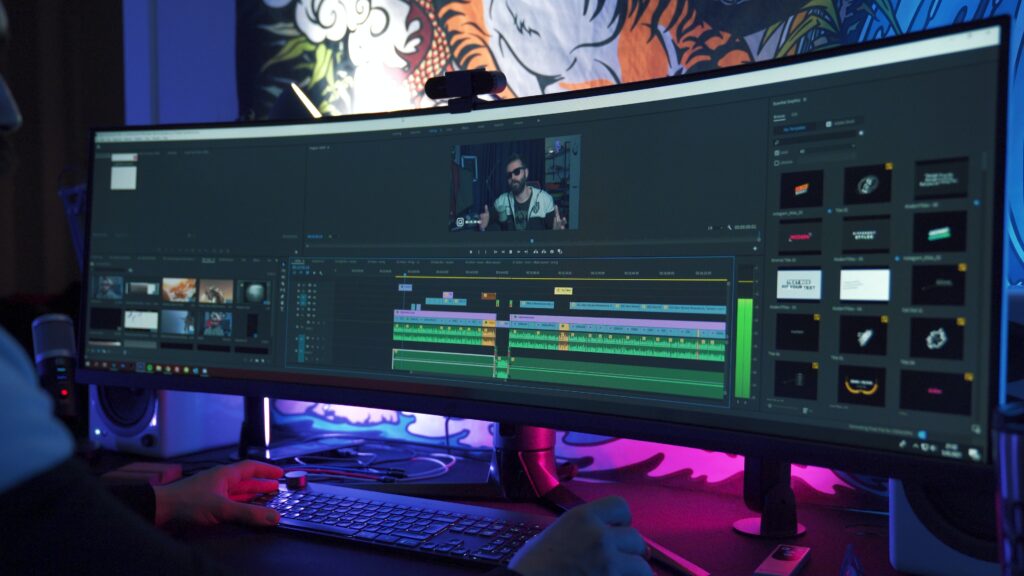
It encapsulates shots of landscapes, object close-ups, candid human reactions, and more—augmenting the storytelling tapestry.
The Significance of B-Roll
In the video realm, B-roll is akin to the artist’s palette of colors. It transforms videos into captivating visual experiences by infusing depth, emotion, and context. B-roll isn’t just embellishment; it’s a vital component that enhances viewer engagement and immersion.
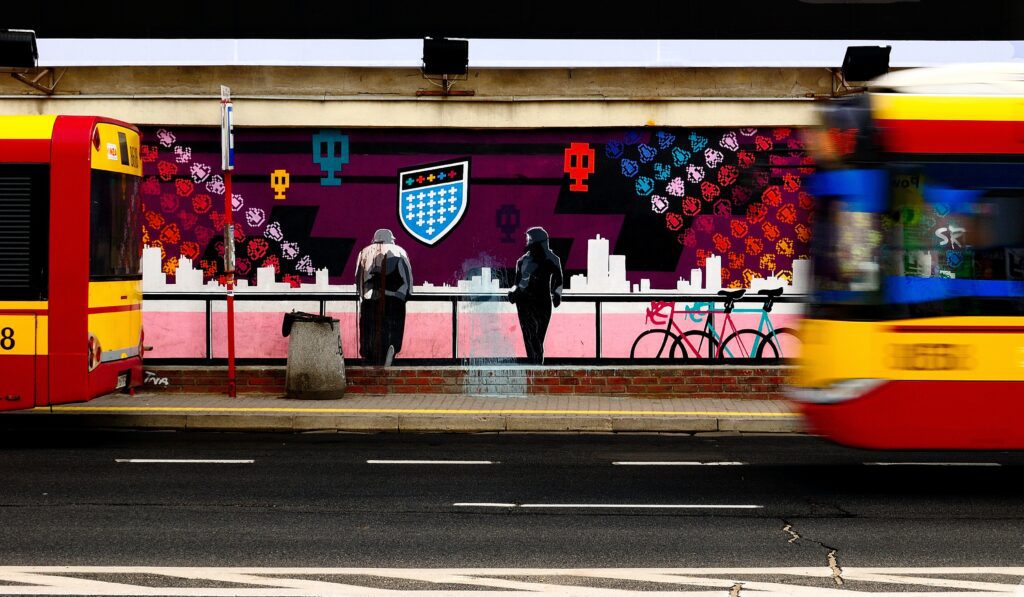
It sets the mood, establishes location, and bridges any narrative gaps, crafting a holistic and immersive viewer experience.
Strategic B-Roll Integration
Understanding when to incorporate B-roll is pivotal to effective storytelling. B-roll finds its role in:
- Seamless Transitions: B-roll smoothes out scene transitions, maintaining a seamless narrative flow.
- Clarity in Complexity: For intricate concepts, B-roll visually aids explanations that words alone can’t convey.
- Emphasis and Emotion: B-roll hones in on crucial points, evoking emotions and creating memorable impact.
- Location Contextualization: B-roll immerses viewers in the setting, transporting them into the narrative’s world.
- Editing Seamlessness: B-roll conceals edits in A-roll footage, ensuring visual coherence and engagement.
B-Roll Mastery: Techniques for Captivating Footage
Now, let’s delve into the heart of B-Roll mastery: the art of crafting captivating footage. From selecting the right equipment to implementing dynamic movement, let’s explore the techniques that turn ordinary shots into extraordinary visual narratives.
Selecting the Right Equipment
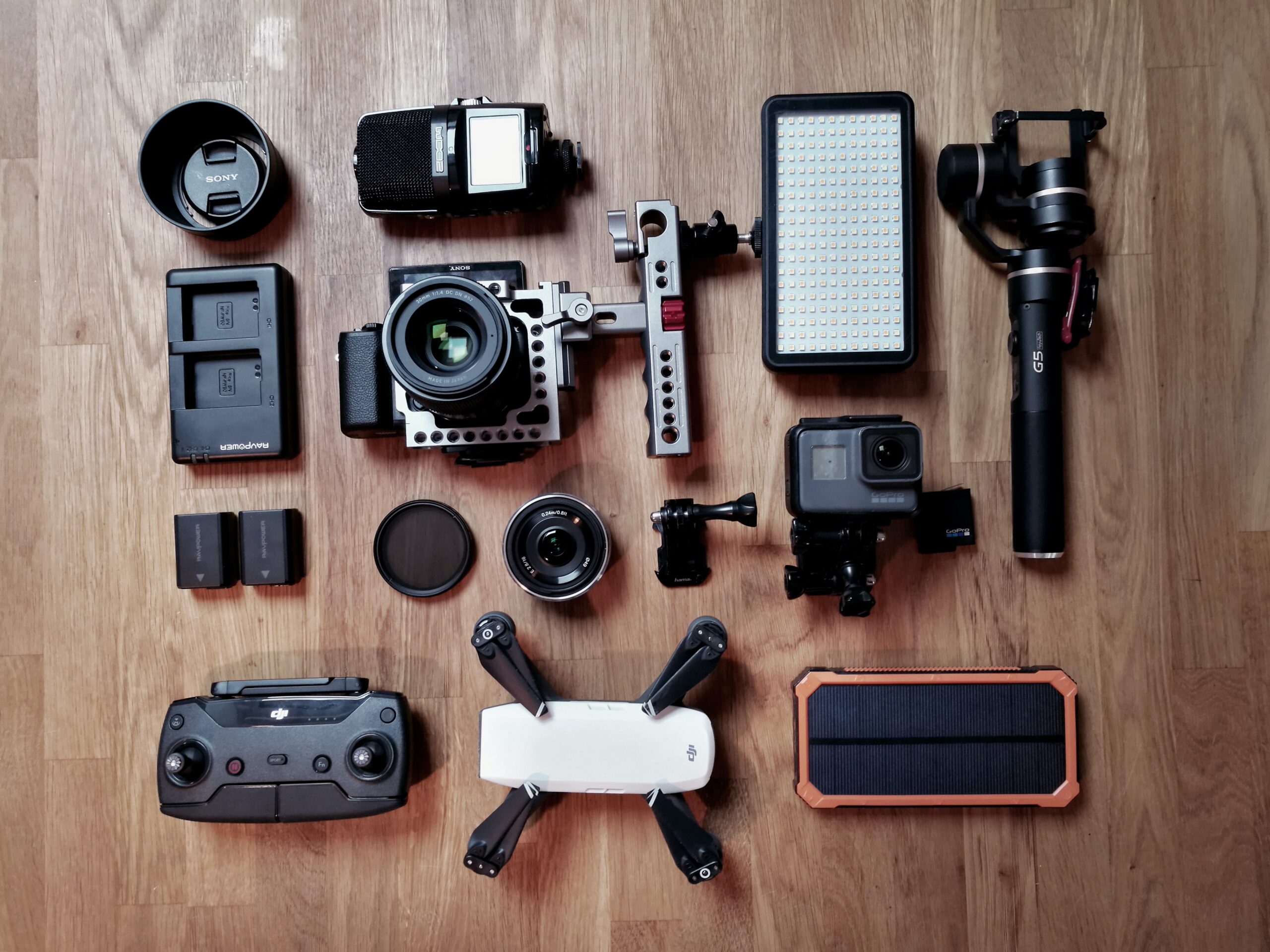
Elevating B-roll quality demands suitable gear. Cameras with manual controls, like DSLRs or mirrorless cameras, provide creative control. Stable tripods, gimbals, or sliders ensure steady shots and fluid movement.
Strategic Shot Planning
Define your B-roll’s purpose before filming. A well-structured shot list keeps your vision on track and ensures no essential shots are omitted.
I have prepared a Free Shot List Template for you to download and use. I have included most of the terminology, gear, movements, etc… So you only have to select it from a drop-down menu.
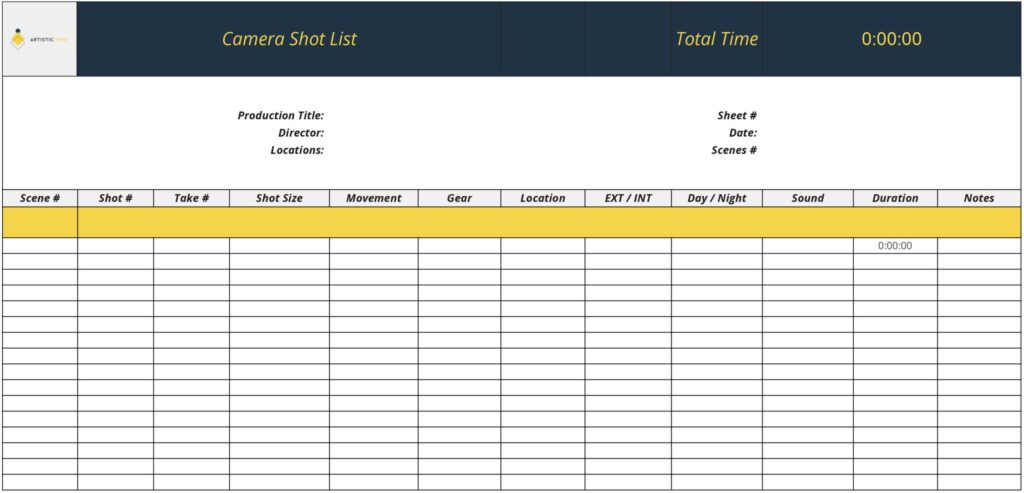
Diverse Angles and Perspectives
Variety is key. Capture wide, medium, and close-up angles, each revealing a distinct facet of the subject. Experiment with unique perspectives for visual allure.
Dynamic Movement Enhancement
Introduce movement for visual dynamism. Pan the camera, track subjects, and employ controlled handheld shots to infuse energy into B-roll sequences.
The Art of Detail Capture
B-roll isn’t just about the big picture. Detail shots—textures, patterns, and small objects—contribute richness to your visual narrative.

Advanced Techniques for Creativity
- Time-lapse and Slow Motion: These techniques manipulate time to convey a sense of drama or emphasize specific moments. A flower opening in a time-lapse or a droplet falling in slow motion can add intrigue to your narrative.
- Rack Focus: Shift focus between foreground and background for artistic emphasis.
- Whip Pan: Create transition blurs with quick camera pans to induce a sense of movement.
- Dolly Zoom: Simultaneously zoom in and move the camera, yielding a dramatic effect.
- Montage: String together a series of quick shots to condense time, show a sequence of actions, or evoke emotions. Montages are particularly useful for conveying progress or change.
Unlocking B-Roll’s Creative Potential: Examples of Usage
- Travel Vlogs: B-roll transports viewers to new destinations, making them feel like they’re experiencing the journey firsthand.
- News and Documentaries: B-roll provides supporting visuals, enhancing the impact of the narrative and offering context to the viewer.
- Music Videos: B-roll adds variety to music videos, breaking up performance shots and helping to convey the song’s message visually.
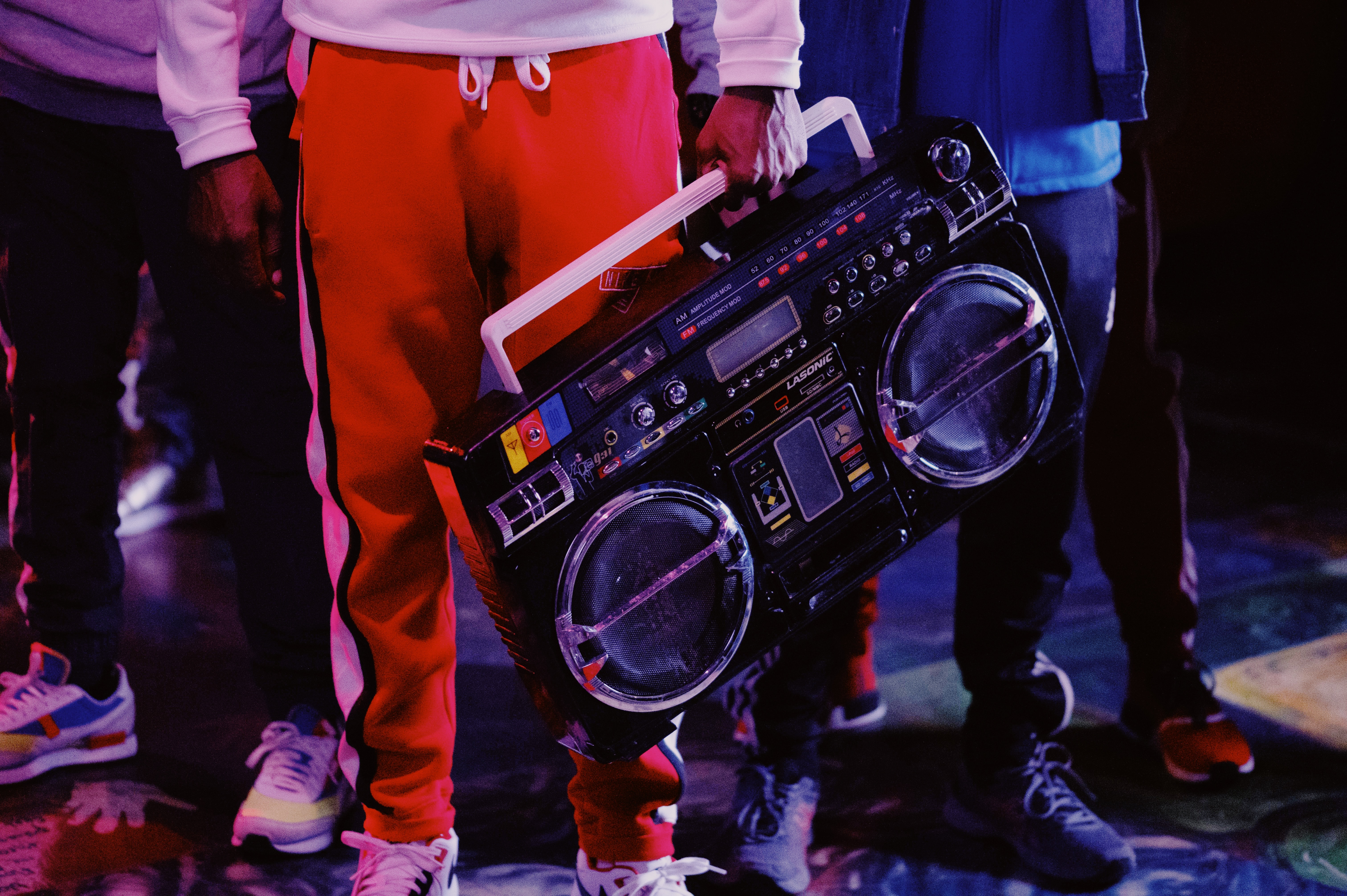
Decoding B-Roll vs A-Roll: A Comprehensive Comparison
While B-roll complements the main narrative, A-roll is the primary content—interviews, dialogue, or main action.
B-roll imparts context, while A-roll carries the central story.
Resources for B-Roll: Where to Find High-Quality Footage
Online platforms offer abundant free B-roll footage.
Platforms like Pexels, Pixabay, and Videvo provide diverse clips catering to different themes and styles.
Mitch McConnell: A B-Roll Case Study
To exemplify the role of B-roll, let’s consider a hypothetical scenario involving Mitch McConnell, a prominent political figure.
In a documentary about his life, B-roll footage could include shots of his early years, important political moments, interactions with colleagues, and even his hometown.
This B-roll would enrich the viewer’s understanding of McConnell’s journey, presenting a comprehensive perspective.
The Evolution of B-Roll in the Digital Age
In the digital age, B-roll has evolved alongside technology and viewing habits. With the popularity of short-form content on platforms like Instagram and TikTok, B-roll has become a vital tool to maintain viewer interest.
Quick cuts and visually engaging shots are essential for holding the viewer’s attention in a world of rapid-scrolling feeds.
Content creators now face the challenge of capturing and retaining audience attention within seconds. This demand has prompted innovative B-roll approaches, such as micro-B-roll sequences that deliver impactful visuals in the blink of an eye.
Whether it’s a delectable close-up of a dish being prepared or a breathtaking landscape revealed in a split second, B-roll is at the forefront of this evolving digital storytelling landscape.
Conclusion: The B-Roll Journey Unveiled
B-roll is far from a secondary element in the realm of videography; it’s a storytelling catalyst that amplifies emotions, provides context, and elevates the visual appeal of your videos.
By mastering the art of capturing and effectively using B-roll footage, you acquire a powerful tool to create videos that not only convey information but also immerse and captivate your audience.
Always remember that B-roll is not an afterthought—it’s a deliberate and essential part of your creative process. So, embrace the world of B-roll, let it guide your visual narrative, and witness the transformation of your videos into unforgettable cinematic experiences.
In a world saturated with content, B-roll stands as your secret weapon, capturing attention, evoking emotions, and weaving a tapestry of stories that resonate with viewers across screens of all sizes.
As you continue on your journey as a content creator, filmmaker, or visual storyteller, keep in mind the immense potential that B-roll holds—a potential that, when harnessed with creativity and purpose, can make your videos truly unforgettable.
FAQs
B-roll refers to supplementary footage that complements the main content in a video production. It adds context, depth, and visual appeal to the narrative.
“B-roll” doesn’t have a specific acronym; it’s a term derived from the days of analog film editing. The main content was called “A-roll,” and the additional shots used to cover edits were referred to as “B-roll.”
B-roll shots are the additional footage captured to enhance a video’s storytelling. They include scenes of environments, close-ups, reactions, and other visuals that provide context and engagement.
To shoot B-roll, use diverse angles, perspectives, and movements. Capture relevant details, and plan shots that complement the main content. Use stable equipment and experiment with techniques to make shots visually captivating.
In video editing, B-roll refers to the supplementary footage inserted to enrich the main content. It’s used to cover edits, enhance storytelling, and provide context.
A-roll is the primary content, often featuring interviews, dialogue, or main action. B-roll complements A-roll, providing context and visual engagement to enhance the storytelling.
B-roll clips’ length varies based on the context and purpose. They can range from a few seconds to minutes, depending on the storytelling needs.
Incorporate B-roll into your script by indicating where it’s needed. Describe the visuals you envision, along with their relevance to the narrative. This helps the production team capture appropriate shots.
You can find B-roll footage on online platforms such as Pexels, Pixabay, Videvo, and stock video websites. These platforms offer a wide range of clips on different themes.
To add B-roll in Adobe Premiere Pro, import your B-roll footage into the project. Drag and drop the clips onto the timeline, placing them on tracks above the main content. Trim and position the B-roll shots to align with the narrative.



